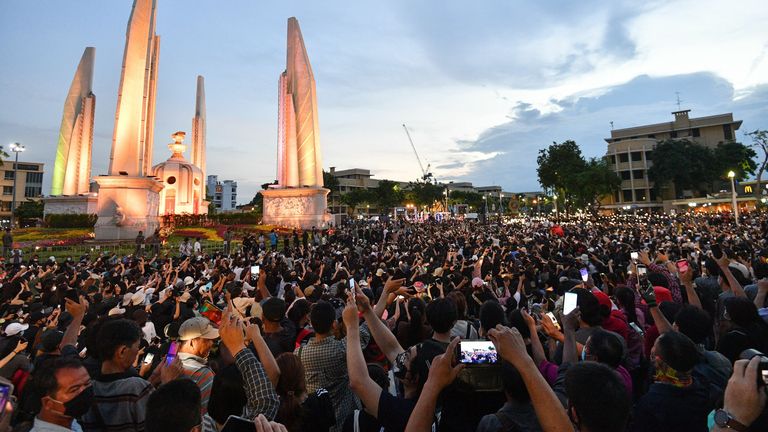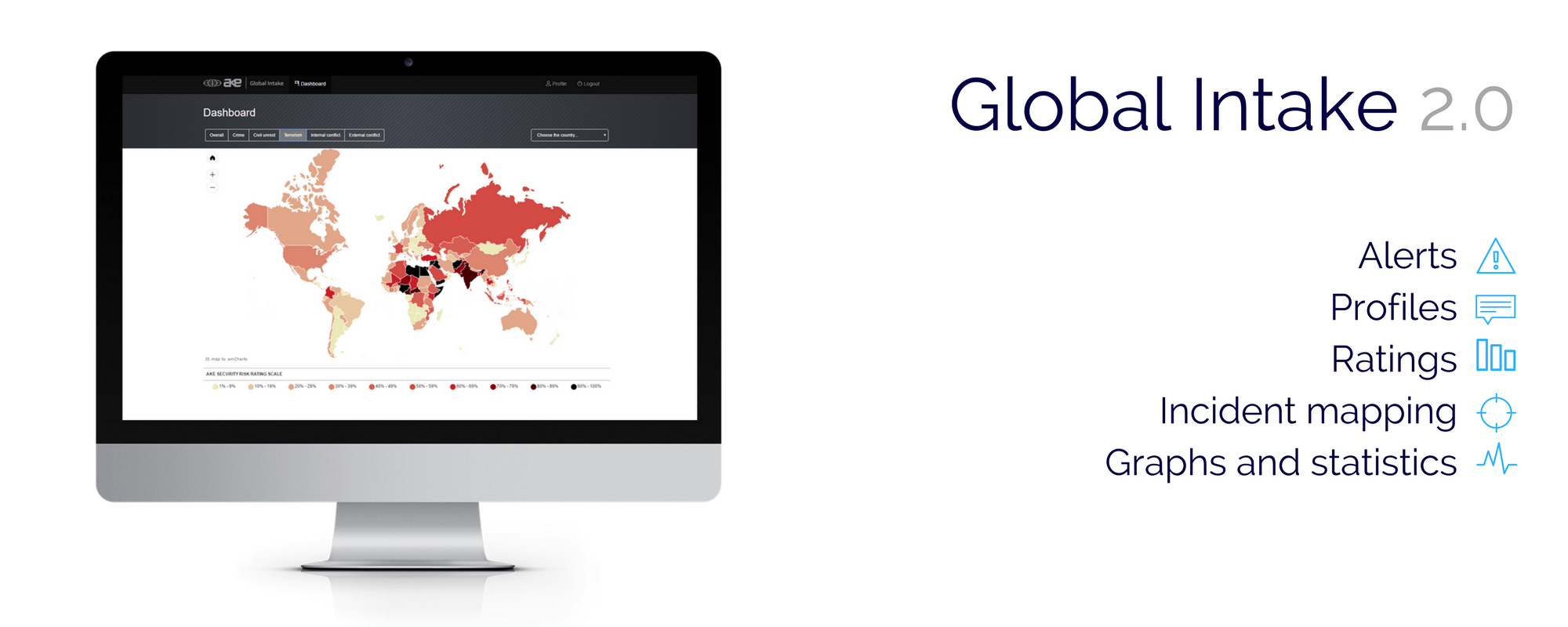Date first published: 04/03/2021
Key sectors: various
Key risks: political instability; economic risks
Risk development
Thailand’s pro-democracy protest movement has recently resumed following a two-month hiatus due to the COVID-19 pandemic. Protesters continued to demand the resignation of Prime Minister Prayut Chan-o-cha and constitutional and monarchy reforms. Crackdowns by the security forces and increasingly aggressive behavior amongst some activists and protesters have further aggravated the country’s political climate. Confrontations between demonstrators and security personnel are increasingly marked by violent exchanges. For instance, 33 were injured on 28 February during protests near Prime Minister Prayut’s residence in Bangkok.
Why it matters
Thailand has a history of power seizures and robust popular opposition movements, with two coups d’etat and several nationwide protest movements recorded in recent decades. Given the present momentum of the PDM and the government’s willingness to employ coercion, political stability may only be achieved through violent crackdowns or deep reforms forced by popular will, although the latter outcome remains unlikely at present. After the country’s economy suffered a severe contraction in 2020, its economic outlook remains depressed amid ongoing political turmoil and the risk of another COVID-19 outbreak. In fact, political instability has historically weighed on foreign direct investments and productivity. The convergence of these factors implies a high risk of severe economic disruption should the situation continue on its current trajectory.
Background
Pro-democracy protests first emerged when the vocal opposition Future Forward Party was disbanded in February 2020. The PDM’s core demands for Prime Minister Prayut’s resignation and for constitutional and monarchy reforms had gained traction by July 2020, when demonstrations proliferated to cities and towns beyond the capital Bangkok. After the COVID-19 pandemic forced a brief pause, the recent detention of four prominent protest leaders on sedition and royal insult charges on 9 February 2021 has spurred protesters into action, bringing hundreds back to the Democracy Monument intersection in Bangkok’s historic quarter. More importantly, popular resistance to the 1 February Myanmar coup, and the premier’s apparent legitimation of Myanmar’s military junta, have also provided significant impetus as Thai protest leaders have drawn explicit links between the two countries’ popular movements. This was evidenced by Myanmar migrants rallying amongst Thai protesters outside Prime Minister Prayut’s residence after he met with an envoy of the Myanmar junta.
Risk outlook
The pro-democracy movement appears to be galvanised rather than daunted by escalating crackdowns, and the young political activists and their supporters are unlikely to be deterred by government coercion. A political impasse is the most likely scenario in the immediate future, with compromise unlikely to materialise. In the current context, lasting stability – whether achieved through violent crackdowns or following the attainment of new political consensus between the government and protest leaders – is unlikely without a protracted struggle. Economically, the country’s outlook could be further clouded by political uncertainty amid its worst economic contraction since the 1997 Asian financial crisis.



